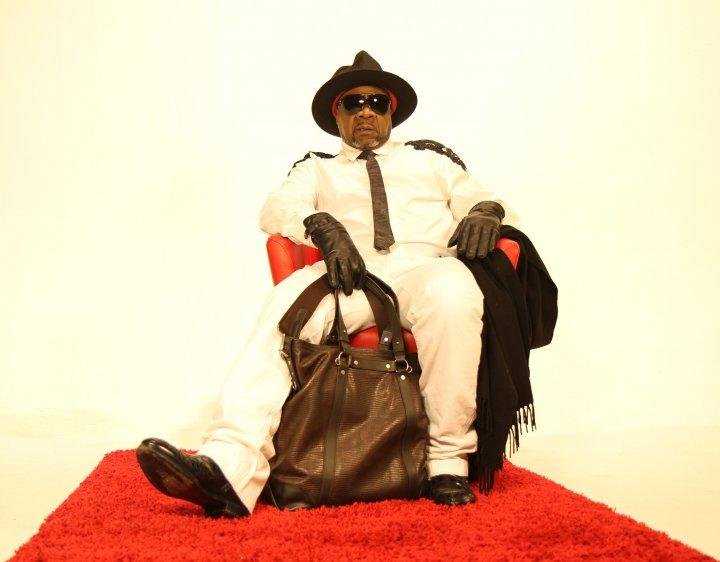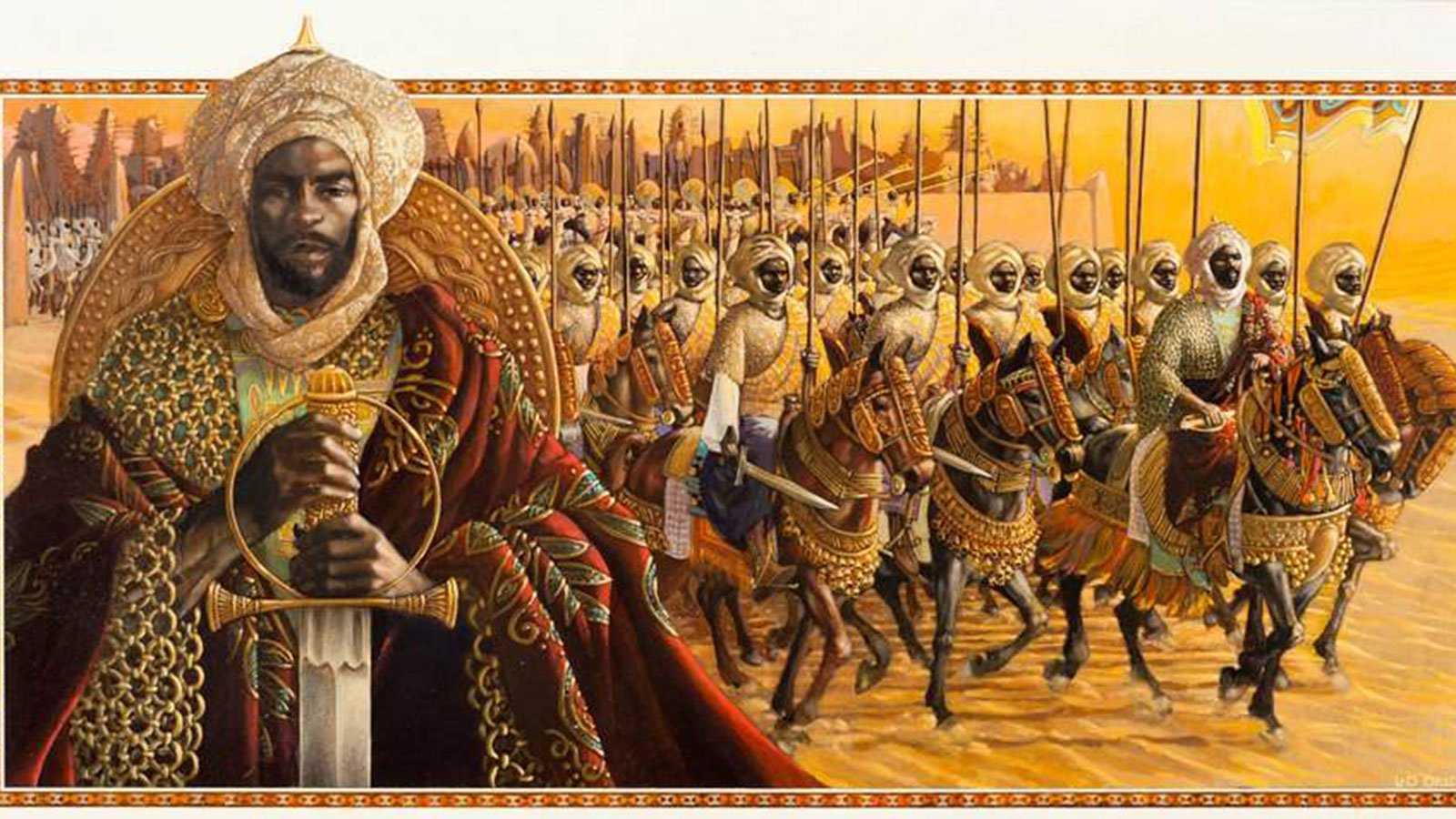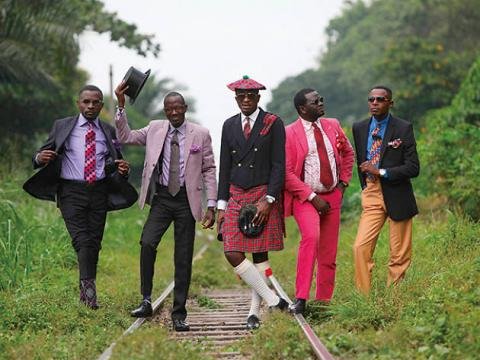La Sapeur, Le Sape, Sapologist: dandies of the Republic of Congo
“La sape derving from the French slang “Se Saper” meaning to “to dress with class””
Too often, fashion is overlooked when revisiting the revolutionary chapters of African history. Grenard André Matsoua—anti-colonialist, activist, and politician—widely recognized as the original Grand Sapeur, may never have realized the silent dialogue his sartorial choices were sparking among the people of Congo upon his return from Paris. Focused on the liberation of his people well before the independence movements of the 1960s. He arrived in a fatigued, deprived nation defying the bleakness of his surroundings, dressed like a “French Monsieur” in a sharply tailored long-tailed coat.
The people, captivated by his poise, his fashion, and his unwavering fight for freedom, found in him a symbol.
For colonial servants European attire was the uniform of oppression, Grenard André Matsoua inspired them to reclaim this style as a form of resistance and no longer a uniform of submission. These suits became a means of restoring dignity, asserting identity, and reimagining power.
Grenard Andre Matsoua
Grand Sapeur
In the 1960s that sartorial expression suddenly became alive with vibrant colors, extravagant prints, and unique fabrics. At the forefront of this new expression was Papa Wemba, whose desire to “look good” was more than vanity; it was a vision. He urged the people of the Republic to carry themselves with pride and dignity, using style to defy the global gaze that too often associated Africa with poverty. Sartorial elegance became a silent protest, a vivid reclamation.
For others, it was a chance to gloat—flashing their flair as a pointed retort to their former oppressors. This act of autonomy became inseparable with the dream of self-governance tailored into every seam of their clothing.
Even after President Mobutu Sese Seko sought to purge European influence through his “retour à l’authenticité”—(a return to cultural roots)—the Sape movement not only endured, it flourished , evolving into “La Société des Ambianceurs et des Personnes Élégantes”—the Society of Ambiance-Makers and Elegant People. Today, this movement has giving birth to a kind of religion, a philosophy of presence and pride, a global muse—influencing Solange Knowles’ 2012 “Losing You” video, filmed in Cape Town slums.
The Legacy of Fashion and Design in Black History
The relatioship between fashion and black communities across Africa and the diaspora runs deep. The satorial “elegance,” “Sunday Best,” which is confined to narratives of resistance—post slavery for Foundation Black Americans (FBA), and post-independence for Africans on the continent is often forgotten. Tailors and seamstresses have long been pillars of community propelling cultural heritage, the individuality we witness today are not recent developments.
Movement like Le Sape and Dandyism are not just acts of defiance; they are affirmations and a reacquaintance of a cultural identity that has stood before time.
Style & Power Displayed : From Mansa Musa to Modern-Day Icons
History tells us that on Mansa Musa (emperor of Mali) pilgrimage to Hajj , he dressed in gold and richly patterned garments. His style was so captivating that it attracted the attention of those who would became the oppressors of black people on the African continent.
His fashion was not just opulence—it was a powerful declaration of African prosperity, taste, and sovereignty.
The Shadow of History— A forgotten Holocaust
Congo’s colonial past is marked by extreme violence.
Leopold II of Belgium “a wolf in sheep’s clothing”, presented himself as a philanthropist, claiming to “civilize” the nation.
Sending Henry Morton Stanley to begin building his empire. Exploiting language barriers, they tricked local chiefs into signing away their lands and people.
Under King Leopold II, the land was seized and privatised, unlike neighbouring countries who were treated as colonies. Citizens were forced into brutal labor fuelling Leopold’s personal wealth and the rise of a young Belgian state.
Punishment under rule his rule were brutal; torturing, amputations, malnourishment killing over 20 millions half of the population. After his death the nation remained a victim to systemic oppression and civil wars.
Turning History around Sapology Affect
The years of brutality make the Sape movement feel almost spiritual—its emergence from a nation like Congo is no coincidence. “Viva La Sape” continues to move the needle of hope standing among it’s artistic revolutionary cousins: the 1786 Tignon Law, where women transformed enforced headscarves into regal crowns; the Black Panthers’ militant style of all-black outfits, berets, and leather; the face of global resistance Che Guevara plastered on T-shirts, these are among the many who’ve led the charge at the intersection of fashion, activism, art, and reprogramming.
Through fashion, they branded freedom—suiting up its victors.
Though today the movement may at times appear to have shifted from political discourse to material display, we are reminded by Angela Davis: “The real content of revolution is not in the ‘violence’ or we would say [chaos] but the goals you are striving for.”
And so, in the face of extractive laws, civil wars, and the continued exploitation of Congolese resources, we stand with Congo—as her journey to true freedom continues.







